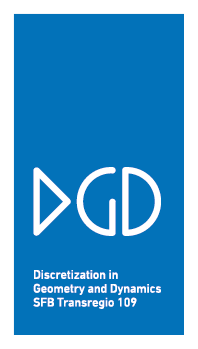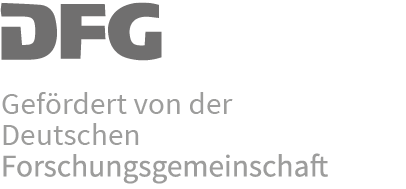Classical Morse Theory considers the topological changes of the level sets Mh = {x∈M : f(x) = h} of a smooth and sufficiently generic function f defined on a manifold M as the height h varies. At critical points, where the gradient of f vanishes, the topology changes. These changes can be classified locally, and they can be related to global topological properties of M. Between critical values, the level sets vary smoothly.
There are two flavors of applications in which Morse Theory is applied. In both areas, it is important to consider not only smooth manifolds and smooth functions, but also simplicial complexes and piecewise linear function defined on them.
(A) In one arena, the function f is given, as a measurement of some experiment or some numerical simulation, and the objective of the analysis is to highlight the critical points of f , in order to get a better understanding of the data or to provide an efficient means of visualization . Such spatial data may come from data acquisition processes (like medical imaging) or numerical simulations (like fluid dynamics) and they need to be represented for the purpose of storage on a computer, visualization, or further processing. Commonly they are represented as piecewise linear functions.
(B) In a different context (for example in Topological Combinatorics) one is interested in some topological space M, and the mathematician who wants to investigate M tries to define a convenient function f in order to conclude something about M. There is a discretized version of Morse theory due to Robin Forman , where smooth functions are replaced by weakly-increasing maps on the face poset of the complex. Forman´s approach opens interesting doors to algorithmic geometry, commutative algebra, knot theory and classical combinatorics.
In this project, we combine the study of both notions of discrete Morse theory (and their interplay) and try to make them fruitful for both application areas.





